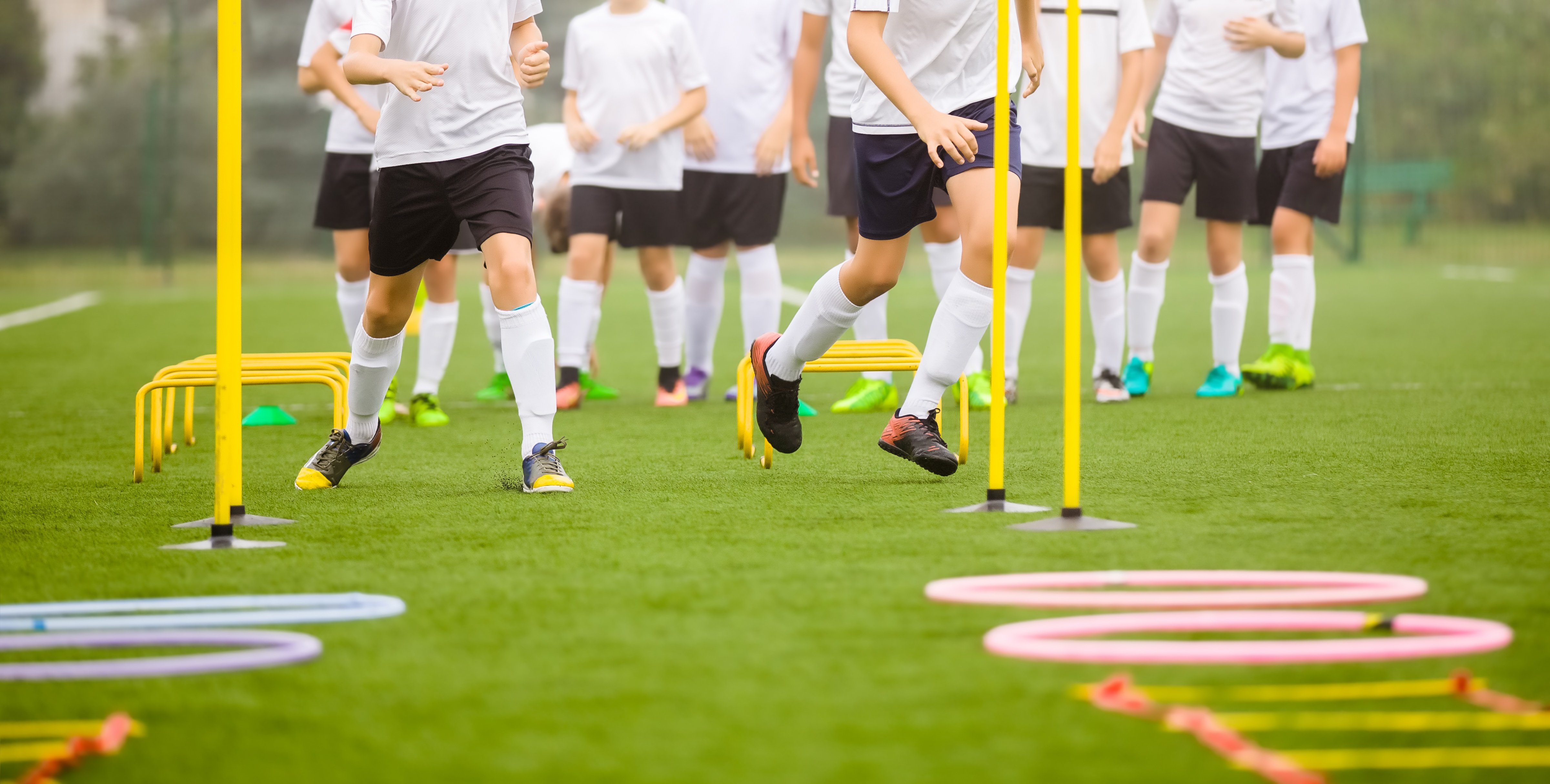The Next Big Thing in Sports Data: Predicting (and Avoiding) Injuries
Big data may soon change the way professional sports teams treat injuries. How? By preventing them from ever happening. Brian Kamenetzky of Fast Company explains a new trend in professional sports: technology that examines how a player moves to uncover and correct risky behaviors or imbalances that could lead to injury.
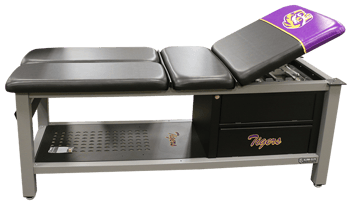 In sports, injuries don’t just cost wins. They cost money. By one estimate, teams across Major League Baseball spent $665 million last year on the salaries of banged-up guys and their replacements. NBA teams lost $358 million last season; $44 million alone by the injury-ridden Los Angeles Lakers. And in the NFL, where the average salary is about $2 million, starters missed a record 1,600 games in 2013.
In sports, injuries don’t just cost wins. They cost money. By one estimate, teams across Major League Baseball spent $665 million last year on the salaries of banged-up guys and their replacements. NBA teams lost $358 million last season; $44 million alone by the injury-ridden Los Angeles Lakers. And in the NFL, where the average salary is about $2 million, starters missed a record 1,600 games in 2013.
Until recently, this was largely seen as the cost of doing business, subject as much to the will of the sports-injury gods as advancements in training. Now, the fast-growing industry of performance analytics says it can minimize those massive losses. The trick: using data to anticipate how an athlete will get hurt before it actually happens.
“We really think [injuries] are the largest market inefficiency in pro sports,” says Adam Hewitt, assistant GM of Peak Performance Project (P3) in Santa Barbara, CA, one of the country’s leading centers of sports science and performance analytics.
What was once the domain of a relatively small group is now hitting the mainstream, increasingly embraced by teams across American pro sports and even the leagues themselves--including the San Antonio Spurs, Oklahoma City Thunder, Seattle Sounders, Pittsburgh Pirates, New England Patriots, and Philadelphia Eagles, and more. There are a variety of companies and technologies in play, all utilizing the principle of turning everything measurable (from movement to body chemistry) into data, analyzed for distressing patterns.
Teams are generally tight-lipped on how they utilize data collection tools for fear of giving away competitive advantage, but a few are more open. The Toronto Raptors is one of them. During practices last season, players on the Toronto Raptors wore a cell phone-sized unit called an OptimEye, created by the Melbourne, Australia-based company Catapult. OptimEye’s gyroscope and accelerometer provides reams of data about how players actually move--accelerations, decelerations, elevations, jumping ranges, and so on--and at what intensity.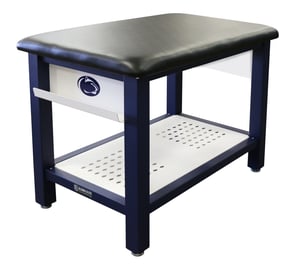 “We have an opportunity to take these players and be totally proactive,” says the team’s director of sports science, Alex McKechnie. The data, he says, allows Toronto to tailor programs specifically to each player’s unique physiology, correcting injury-inducing problems like imbalances between each side of the body. A player, for example, could be favoring one leg over the other when jumping, due perhaps to an old injury that never properly healed or muscular weakness never addressed. OptimEye can measure the difference, undetectable to the naked eye, helping trainers diffuse a time bomb before it blows.
“We have an opportunity to take these players and be totally proactive,” says the team’s director of sports science, Alex McKechnie. The data, he says, allows Toronto to tailor programs specifically to each player’s unique physiology, correcting injury-inducing problems like imbalances between each side of the body. A player, for example, could be favoring one leg over the other when jumping, due perhaps to an old injury that never properly healed or muscular weakness never addressed. OptimEye can measure the difference, undetectable to the naked eye, helping trainers diffuse a time bomb before it blows.
The data changed how Toronto practiced as well, by revealing misconceptions of how certain activities impact the body. Ubiquitous shooting drills, for example, turned out to be troublesome
“A guy jacking up shot after shot after shot--once you start to look at the jump patterns and the loads, we find that most of that workout is at the medium intensity level because of the deceleration patterns from the jumping,” McKechnie says. Translation: What was supposed to be a low-stress workout turned out to have an unnecessarily heavy impact. So the team adjusted.
It’s still early days--Catapult was only integrated fully into Toronto’s program last season--but the results are encouraging. Toronto was the NBA’s least injured team in 2013-14.
Founded in 2006, Catapult built its business with Australia’s two most prominent pro sports, Australian Football League and National Rugby League, but penetration in the American sports market is accelerating fast. It says sales have increased approximately 70% for six consecutive years--their client base is particularly well-developed in the NBA, NFL, and NCAA--and is reportedly on track to gross $20 million this year.
Finnish-based Omegawave has a similar story: Its tracking system took off outside America, adopted years ago by European soccer leagues, and is now gaining traction in American leagues. It is used before workouts. Omegawave’s sensor technology monitors electrical activity generated by the body, and determines if an athlete is operating at full capacity. If the athlete is sluggish, the data will show it--and this can protect against over training, which not only increases injury risk but also saps in-game performance. (What’s moving leagues and teams to suddenly adopt this stuff? In part it’s because pro sports are already embracing data in many other ways. Last season, the NBA installed SportVU player tracking cameras in every arena, which helps teams improve their playing strategies. The NFL and Major League Baseball are rolling out similar systems. Baseball, where 50% of pitchers hit the disabled list every year, already employs the PITCHF/x system, revealing pitch type, velocity, and movement, all potentially correlated to a hurler’s health.)
(What’s moving leagues and teams to suddenly adopt this stuff? In part it’s because pro sports are already embracing data in many other ways. Last season, the NBA installed SportVU player tracking cameras in every arena, which helps teams improve their playing strategies. The NFL and Major League Baseball are rolling out similar systems. Baseball, where 50% of pitchers hit the disabled list every year, already employs the PITCHF/x system, revealing pitch type, velocity, and movement, all potentially correlated to a hurler’s health.)
This is expensive stuff. Between hardware, software, and maintenance, a Catapult system can cost around $100,000, and positive returns like those seen by the Raptors are hardly guaranteed. It’s a developing field still sorting through seemingly endless variables: a player’s size, weight, age, injury history, nutrition, playing time, playing style, and, as even McKechnie acknowledges, luck. Separating good science from good fortune isn’t easy, and no amount of data-driven nurturing shields players from unfortunate collisions or unlucky landings.
And, of course, simply gathering numbers isn’t enough. “The data shouldn’t be the competitive advantage,” says Bleacher Report’s Will Carroll, a leading expert on sports injury. “The competitive advantage is you have smarter guys who understand the data and create actionable intelligence from it.” And if a team doesn’t have those smart guys, it has to hire them--adding even more to the cost of these systems.
Still, given the enormous financial stakes, the foothold for these systems is quickly expanding in American pro sports. And as costs go down, manufacturers are hoping the market for injury-prevention data only expands. An Omegawave system, for example, costs about $20,000. Five years ago, it was $35,000. As it gets ever ceaper, it could become attractive to small colleges, high schools, and even parents seeking an edge for their kids.
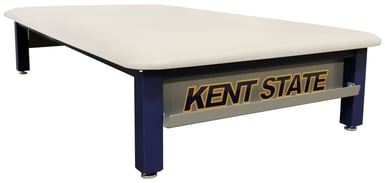 But while the cost may go down, another hurdle may be rising: players’ objections. Performance analytics have the potential to extend a player’s career, but it can also reveal hidden physical problems and shorten careers. If a player is shown to be at a heavy risk for injury, what owner is going to pay that person big bucks? “What are they doing with [the data]? What are the rights here?” says agent Joel Bell, who represents NBA players Steve Blake and Norris Cole. “Anytime someone has information, you have to be concerned about what they’re doing with it.” Ultimately, big data could become a point of debate in collective bargaining talks between leagues and their unions.
But while the cost may go down, another hurdle may be rising: players’ objections. Performance analytics have the potential to extend a player’s career, but it can also reveal hidden physical problems and shorten careers. If a player is shown to be at a heavy risk for injury, what owner is going to pay that person big bucks? “What are they doing with [the data]? What are the rights here?” says agent Joel Bell, who represents NBA players Steve Blake and Norris Cole. “Anytime someone has information, you have to be concerned about what they’re doing with it.” Ultimately, big data could become a point of debate in collective bargaining talks between leagues and their unions.
Owners, of course, want this kind of information badly, both to maximize the potential of every player on the roster and to save them from losing money on injured players. “This is a cold-hearted part about our business,” says one NBA executive, who wouldn’t speak on the record. “If we know you’re going to be injured quite a bit, you’d better be really good.” One more reason to stop the injuries before they start.




.webp)

